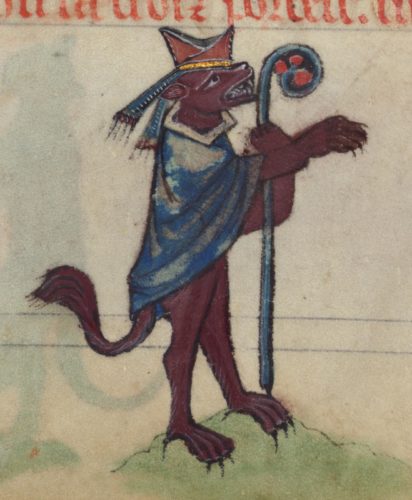
St. Xavier’s: From the Waterfront Priest to the Dancing Priest
There exists no sharper illustration of present-day enfeeblement of the Jesuit temper than the difference between the ministries of John Corridan, S.J., the “waterfront priest” of the 1940’s, and today’s Robert VerEecke, S.J., the “dancing priest.” Fr. Corridan earned a significant place in labor history. Fr. VerEecke earned removal from the Church of St. Francis Xavier for making sexual overtures to a male parishioner.
The diminution is tragic. And telling. In the slide from Corridan, a morally serious man, to VerEecke, a flâneur on ideological boulevards, we witness the unsteadiness of a Church listing toward the conceits of the age. Continue Reading





